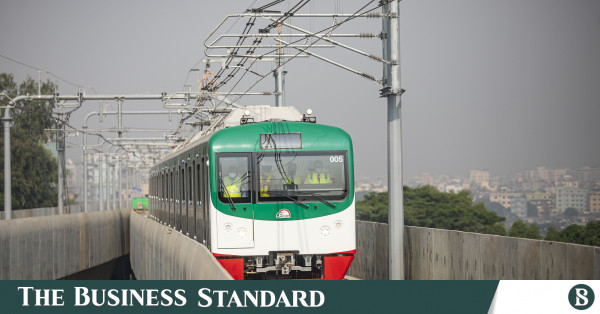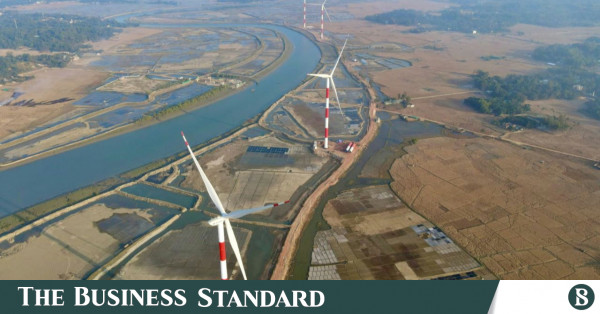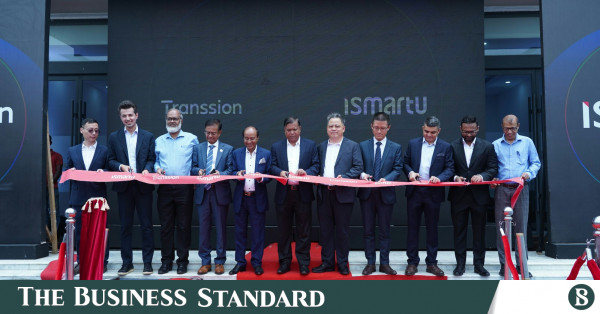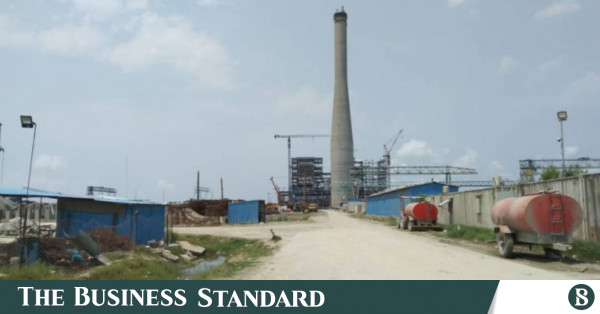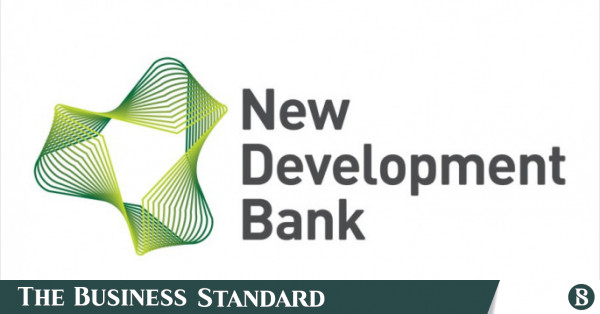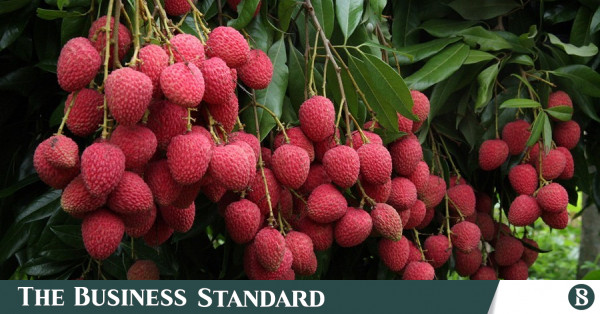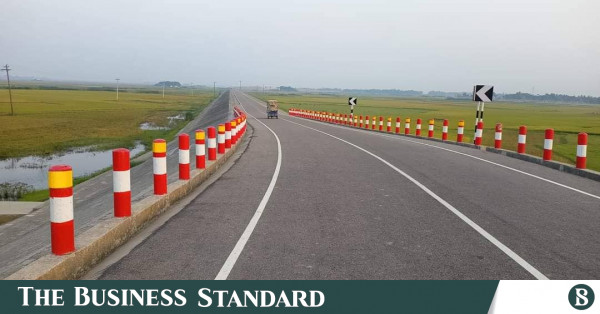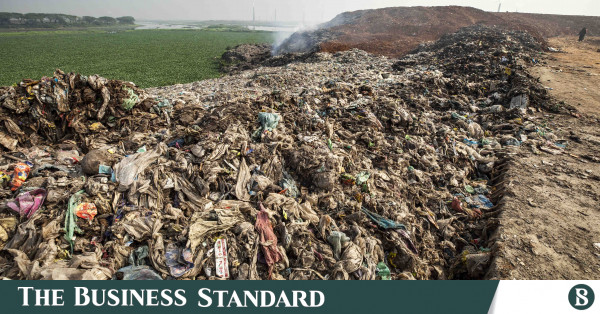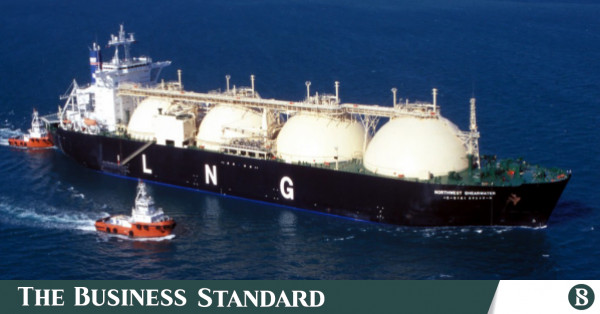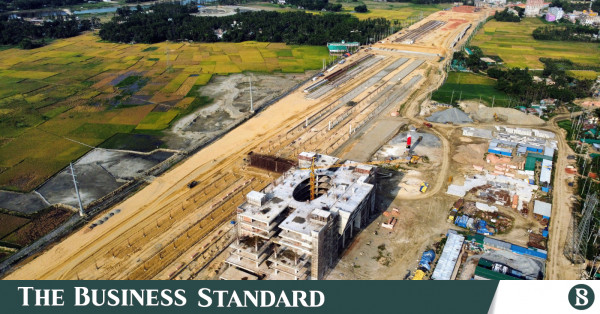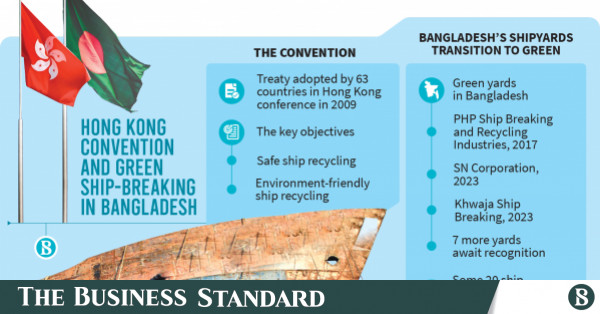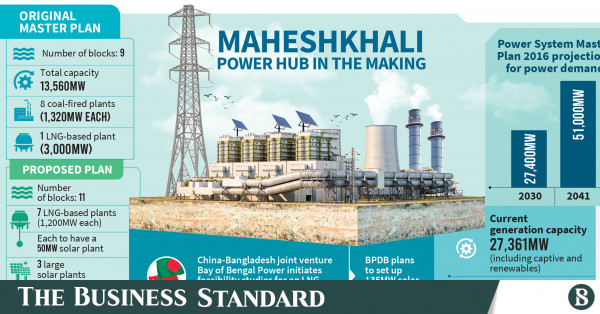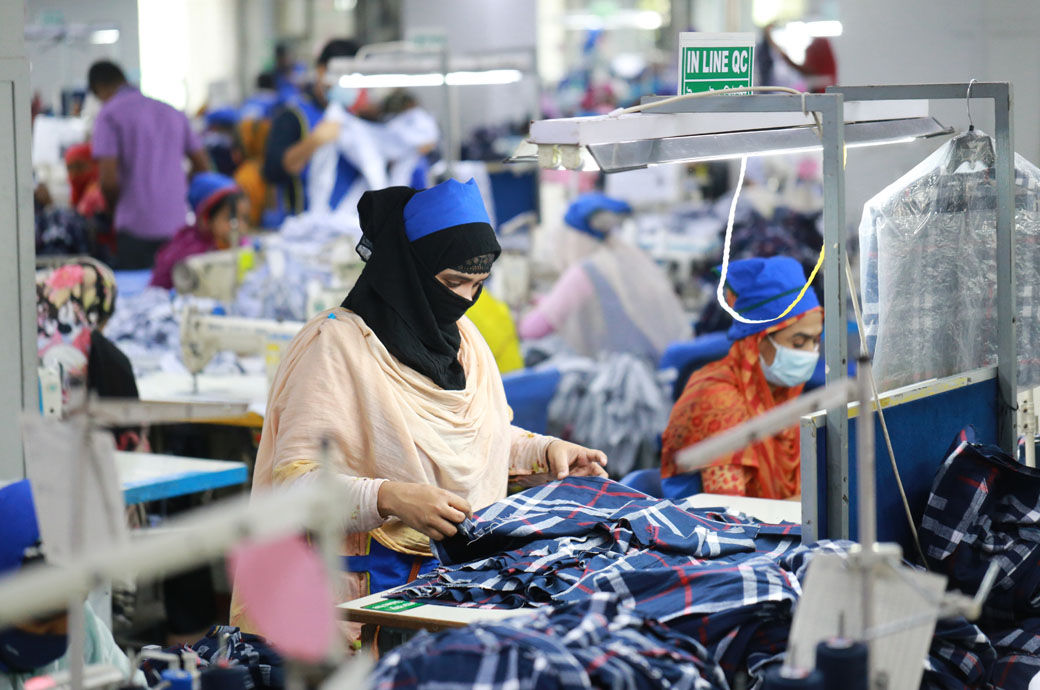Bangladesh has ratified the UN accord on ship recycling, also known as the Hong Kong Convention, paving the way for the treaty's entry into force in mid-2025, according to an official release.
The treaty, set up by the UN shipping agency International Maritime Organization (IMO), is aimed at ensuring that ships, while being recycled after reaching the end of their operational lives, do not pose any unnecessary risks to human health and the environment.
Saida Muna Tasneem, Dhaka's permanent representative to the IMO, submitted the instruments of ratification last Monday to the IMO headquarters in London, an IMO press release said.
"I congratulate Bangladesh for depositing their instruments of accession this June, triggering the entry into force of the Hong Kong Convention and the global regime for safe and environmentally sound recycling of ships," IMO Secretary-General Kitack Lim stated, lauding Bangladesh for its work on having a safe and environmentally-sound ship recycling industry.
Terming it a momentous day for the IMO, Lim said it is indeed a historical development for the international shipping industry, for the marine environment, and especially for workers and local communities in ship recycling countries globally.
Although the Hong Kong Convention was adopted in 2009 by 63 countries to boost working conditions, it needed to meet various criteria, including having at least 40% of the world's merchant shipping by gross tonnage represented by ratifying nations, which had not been met previously despite other large maritime nations such as India already ratifying it.
The accession of Bangladesh and Liberia means the altogether 22 contracting states to the convention represent approximately 45.81% of the gross tonnage of the world's merchant shipping, the IMO said in the statement.
Lenn Eugene Nagbe, chief executive of the Liberia Maritime Authority, said it was "a great and historic day for world shipping".
Much of the world's shipbreaking takes place at sites across South Asia in India, Bangladesh and Pakistan and involves dangerous manual labour where workers dismantle ships and are exposed to toxic substances, reports Reuters.
Working conditions still remain perilous, including fires and falling steel plates, which kill or seriously injure workers across the breaker yards in South Asia, it said, citing an analysis from campaigners with NGO Shipbreaking Platform.
Officials at Bangladesh agencies concerned, however, said the country started addressing work environment issues at shipbreaking yards a decade ago. Therefore, the country got its first green shipyard, PHP Ship Breaking and Recycling Industries Limited, in 2017. Following a four-year gap, two more shipyards – SN Corporation and Khwaja Ship Breaking – got recognition as environment-friendly this year.
According to the Bangladesh Ship Breakers' Association, at least seven more yards are now in the pipeline to be green – fully compliant with the International Maritime Organisation Guidelines for Safe and Environmentally Sound Ship Recycling.
Under the provisions of the Hong Kong Convention, it is the responsibility and obligations of all parties concerned – including ship owners, shipbuilding yards, ship recycling facilities, flag states, port states, and recycling states to be fully compliant with the guidelines. Upon the entry of the convention into force, ships to be sent for recycling will be required to carry onboard an inventory of hazardous materials.
Besides, ship-recycling facilities will be required to provide plans specific to each individual vessel to be recycled. In addition, governments will be required to ensure that recycling facilities under their jurisdiction comply with the convention.
Transition to green and challenges
Bangladesh had set a target to turn all shipbreaking yards into green facilities by 2023, but due to the twin shocks of the Covid-19 pandemic and the Ukraine war, which made the import of raw materials scarce and costly, the target seems challenging.
The country now has 20 shipbreaking yards in operation, while the rest, some 130, are trying to resume operations after closures related to Covid-19 and price hikes.
All are now interested in green transition thanks to its benefits, industry insiders said.
Take the example of SN Corporation. Established in 1990 on 13 acres of land in Sitakunda, Chattogram, it currently employs over 300 people and produces an average of 90,000-100,000 tonnes of scrap materials per year through dismantling vessels.
"We have achieved this by following rigorous processes and adhering to environment-friendly standards. It is great news not only for us but also for the country that another shipbreaking yard has become green," Barkat Ullah, CEO of SN Corporation, told The Business Standard.
SN Corporation underwent a demanding certification procedure by a Japanese ship classification society, Nippon Kaiji Kyokai (ClassNK), to ensure that it met the strict procedural and performance standards required by the HKC.
Abu Taher, President of the Bangladesh Ship Breakers' Association (BSBA), said, "More yards are becoming green, although a lot of challenges are in place."
By complying with strict environmental standards, green shipyards ensure that the shipbreaking process does not harm the environment or the health of workers. On the contrary, the yards prioritise workers.
Hence, environment-friendly shipyards can attract more customers and generate higher profits by differentiating themselves from non-compliant competitors and by accessing premium markets that prioritise sustainability.
However, the cost involved in modernising a shipbreaking yard to make it green is significant, which the Bangladesh Ship Breakers Association estimates to be over Tk30 crore. It is a big challenge among others, insiders said.
Dhaka ratifies Hong Kong Convention, instruments handed over last Monday to the IMO headquarters in London

www.tbsnews.net
As part of its effort to transition from dirty fuels to renewable energy and supplement its measures against the adverse impacts of climate change, the government is now planning to set up LNG and solar-based power plants, replacing its original plan for coal plants in Cox's Bazar's Maheshkhali power hub.
According to sources at the Bangladesh Power Development Board (BPDB), there is a proposal to establish 1,200MW LNG-based and 50MW solar plants in each of the first seven blocks of the planned hub.
In the master plan, the under-construction power hub was initially designed with nine blocks, of which eight were designated for coal-based plants and one for LNG-fired plants. However, the government has now reconfigured the plan, redistributing it into 11 blocks.
Power Division officials said the distribution of the blocks for LNG and solar plants is still under review.
Blocks eight and nine are currently under consideration for the establishment of large-scale solar power plants. A solar power plant or a power-related manufacturing plant is being considered for block number 10.
Besides, a coal stock and ash dyke area has been proposed in the middle of Block 10, said officials concerned.
And there were no decisions on the utilisation of Block 11.
Power Division Secretary Md Habibur Rahman said the plan to set up block-based power plants in the Maheshkhali power hub has not been finalised yet.
"These issues are being reviewed here. A final decision will be made at the end of the review. Only then it will be known how many LNG and solar plants will be built with how much capacity," he told The Business Standard.
STEAG Energy Services (India) Limited, a consulting firm appointed by the Power Division, had divided the power hub into a total of nine blocks.
It had proposed eight coal plants of 1,320MW each in eight blocks and one LNG plant of 3,000MW in one block. A target was set to generate a total of 13,560MW power from the Maheshkhali Power Hub.
Later, BPDB and Bay of Bengal Power Company – a joint venture between the BPDB and China Huadian Hong-Kong Company – jointly planned coal power plants in two of those nine blocks.
In addition, the BPDB planned to jointly set up coal-fired plants each with Malaysia's Tenaga Nasional Berhad, South Korea's KEPCO, and China's SEPCO.
BPDB officials said although it had signed memorandums of understanding (MoUs) with Tenaga Nasional Berhad, KEPCO, and SEPCO, it has not progressed towards implementation and the deals have expired.
On the other hand, General Electric (GE) signed an agreement with the BPDB in December 2018 to set up a 3,600MW plant in the LNG block. It is said that the process of approval of the joint venture agreement is currently in the Power Division.
In 2021, the government cancelled the construction of eight coal-burning power plants in the power hub.
In February 2022, a committee was formed with BPDB's chief engineer for proper utilisation of the land at the power hub. This new plan is based on the recommendations of that committee.
According to BPDB sources, 5,518.60 acres of land have already been acquired under the project titled "Land Acquisition of Maheshkhali Power Hub" for the purpose of setting up coal and LNG plant plants in Maheshkhali Upazila of Cox's Bazar. Besides, the acquisition of another 97 acres of land left out at various points in the alignment of the power hub design is in process.
Feasibility study starts for LNG, solar plants
According to sources in the Power Division, Bay of Bengal Power Company has already started feasibility studies for setting up a gas-based combined cycle power plant and a grid-tied solar power plant at the power hub.
The Bangladesh-China joint venture company has already been temporarily handed over 400 acres of land at the proposed Block 1. At the end of the study, it has a target to start implementation in the following two years.
135MW solar plant planned
BPDP has taken the initiative to build a solar power plant for the first time at the power hub. It has set a target to complete the 135MW project by 2026 on 410 acres of land in the proposed Block-9 at an estimated cost of Tk1,184.49 crore. Out of this, Tk802 crore has been proposed as a loan from development partners.
The preliminary development project proposal has already been sent to the Planning Commission. After in-principle approval from the commission, the proposal will be sent to development partners through the Economic Relations Division to secure foreign loans, BPDB sources said.
According to the Power System Master Plan 2016, the demand for electricity will increase to 27,400MW and 51,000MW by 2030 and 2041, respectively. So the power generation capacity is required to increase proportionately with the growth of power demand.
In addition to generating electricity from conventional fossil fuels, the master plan also sets out plans and targets for power generation from renewable sources and the import of electricity under cross-border electricity trade.
Bangladesh plans to boost its power from renewable energy to 40% by 2041.
Currently, the country has a power generation capacity of 27,361MW, including captive and renewables, against a demand of 15,500-16,000MW in the peak season.
Bangladesh announced at the Glasgow climate summit in 2021 that it would cut carbon emissions by 89.47 million tonnes by 2030 as part of efforts to promote renewable energy, energy efficiency, and conservation.
As part of its effort to transition from dirty fuels to renewable energy and supplement its measures against the adverse impacts of climate change, the government is now planning to set up LNG and solar-based power plants, replacing its original plan for coal plants in Cox's Bazar's Maheshkhali...

www.tbsnews.net
Shaheed Golam Kibria Bridge has been inaugurated.

 www.thedailystar.net
www.thedailystar.net



